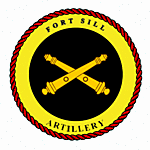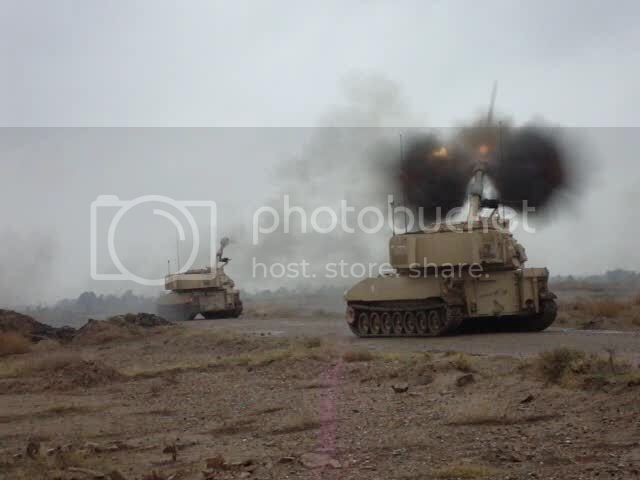I have the Reference section done so I’ll get this out of the way and start on the 15th with construction and photos.

For a simplified explanation of the photo I am recreating.
The 2 LVT’s pictured had their one and only appearance during the Peleliu Campaign. The LVT 4 on the left was a fixture in every battle from here on out but what it carried was a “Q” model flamethrower conceived by the National Defense Research Committee. It started out for installation in light tanks but those were out of favor, they rechristened it the Navy Mark 1 and sent 5 units to Hawaii in April 1944.
The Navy than promptly turned the unit down as unsuitable for Amphibious Operations due its excessive weight. So the Army than adopted the units, but the 43rd Chemical Laboratory determined them to be too bulky and heavy for installation in tanks.
In June 1944 a Navy flame thrower detachment joined the 1st Marine Division on Guadalcanal which was preparing for the invasion of the Palau Islands. Their interest arose and they mounted 3 of the units in the back of the LVT 4 for trials. Testing revealed some drawbacks from the heavy vibrations when the LVT 4 operated on land and were only partially remedied by improvisation and substitution. There was a shortage of napalm which prevented the proper training of men and testing of the equipment.
The flamethrower did not see action until D+3 due to various reasons but from then on the saw regular combat. In the first phase of the battle the flamethrowers worked ahead of the Infantry and even ahead of the tanks. Upon reaching the hills the attack slackened and both provided covering support.
The units were often moved between various LVT 4’s due to track or engine problems, I have noted them on 8 different LVT’s. After the battle the tank flamethrower was finalized and these units were cannibalized.
So at D+3 these two were sitting on the beach ready to go inland. The flame throwers were first on LVT’s identified as I-A-O, I-B-O and I-C-O; from then on it was whatever LVT was handy when they put back in for repairs. Like Number 16, number 12, IA-41, IA-17 and 1A-60. A couple had some interesting camouflage, all were the blue/grey with green sections painted and another looks to be painted in a 2 tone color over the blue/grey. This photo shows them in the original LVT-4 when they went ashore so one of the first 3 would be correct for the photo, solid blue/grey.
The LVT on the right is the LVT (A) 4 which also was a fixture in every battle from here on out but this specific one was rebuilt into a moveable radio command post.
(From USMC Monograph “The Seizure of Peleliu” by Major Frank Hough, USMC, Chapter III “D-Day on Peleliu”)
“For maintaining communications on D-Day, the advance CP relied largely on a curious experimental LVT(A) especially equipped to serve as a mobile radio station (facetiously dubbed "USS Fubar"). This performed valuable service in this emergency but developed too many weaknesses to be considered wholly successful. Establishment of the initial wire network presented almost insurmountable difficulties owing to heavy fire, lack of natural growth for raising it aboveground, and the congestion of the beachhead area which caused the wires to be chewed up by vehicles when laid on the ground.”
I have a number of photos and clips showing this LVT (A) 4 and as I go through the building process I will post those photos showing the numerous differences of the vehicle. Over all painting would be in the blue/grey solid color.
Color frame from a movie, looks kind of blue/grey to me.
(This is B-6 LVT (A) 4)

I have everything already to go but still need to purchase a new LVT4 that I haven’t messed with.
First is the Flame Thrower…………..on Sept 15th of course…..

 . I shall now
. I shall now




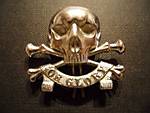


 . I shall now
. I shall now




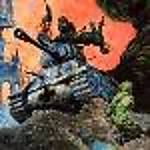



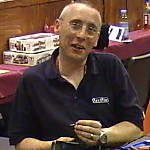


. I shall now





 and like I said you can start making the scratch pieces just dont glue them together yet
and like I said you can start making the scratch pieces just dont glue them together yet 


























 I will be doing some Tiger Tending
I will be doing some Tiger Tending



 What do you guys think
What do you guys think 
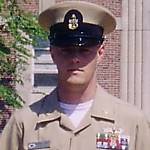






































 Looking forward to your build I assume it will be in 1/35 scale
Looking forward to your build I assume it will be in 1/35 scale 
 Either way I'm looking forward to see that KT
Either way I'm looking forward to see that KT 










 . I´ll be
. I´ll be so don´t do anything I wouldn´t.
so don´t do anything I wouldn´t. happy modelling.
happy modelling. Paul.
Paul.





happy modelling.
Paul.














